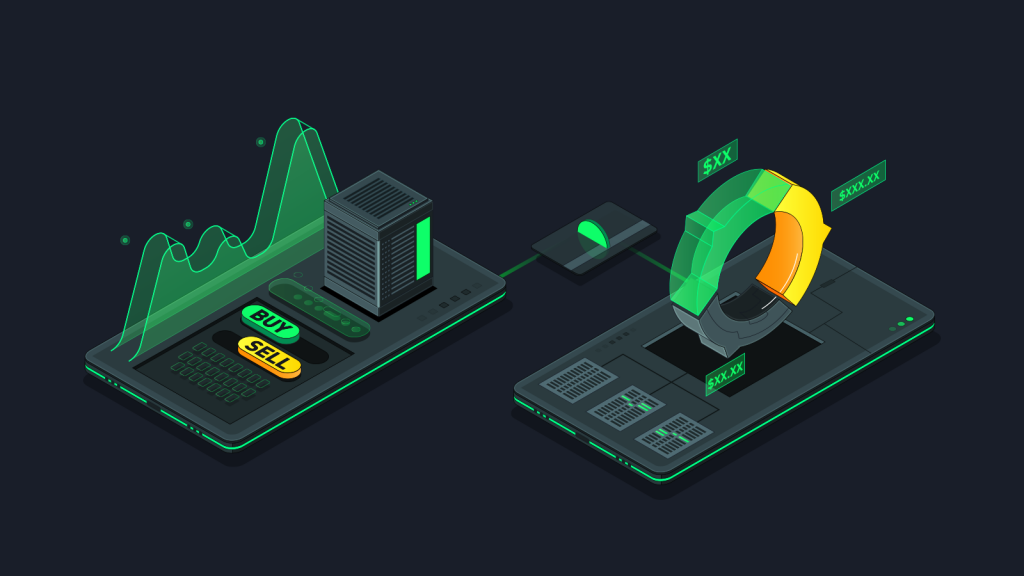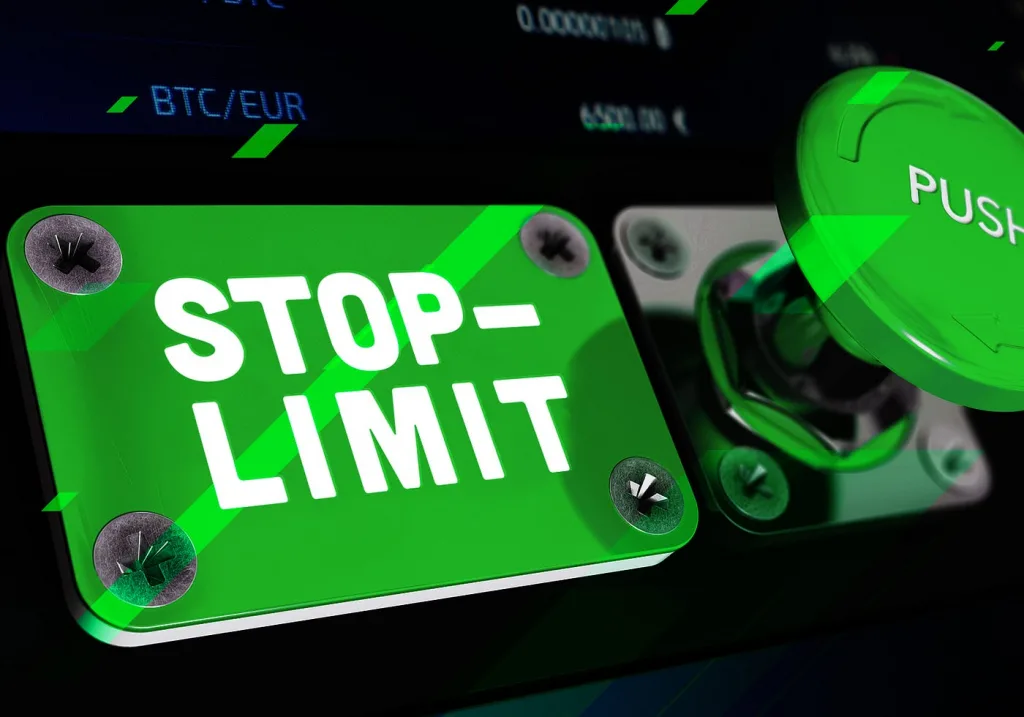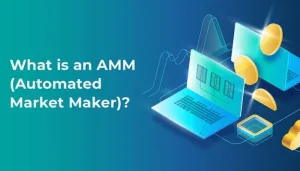Mastering Multi Order Types in CEX
Multi order types play a crucial role in empowering traders to manage their positions effectively, optimize profits, and minimize risks. This article delves into the importance of multi order types in CEX, explores the common types available, and highlights how they can be leveraged to enhance trading strategies.

Understanding Multi Order Types in CEX
Multi order types refer to the various instructions that traders can use when placing orders on a CEX. Each order type has its own set of conditions and triggers. This allows traders to specify how and when their orders are executed. This flexibility is crucial in the competitive and volatile world of financial trading. The right order type can make the difference between a successful trade and a missed opportunity.
Common Order Types in Centralized Exchanges
Market Order
A market order is an order to buy or sell an asset immediately at the best available current price. Market orders are ideal for traders who prioritize speed and want to ensure that their orders are executed instantly. This type is commonly used in highly liquid markets where the price difference between the bid and ask is minimal. While market orders guarantee execution, they do not guarantee the price at which the order will be filled, which can lead to slippage during periods of high volatility.
Limit Order
A limit order is an order to buy or sell an asset at a specific price or better. Limit orders give traders control over the price at which they enter or exit a trade. They are particularly useful for trading assets with lower liquidity or in volatile markets where prices can fluctuate rapidly. While limit orders offer price control, they do not guarantee execution. The order will only be filled if the market reaches the specified price.
Stop Order
A stop order, also known as a stop-loss order, triggers a market order once the asset’s price reaches a specified level. Stop orders are essential for risk management, allowing traders to automatically exit positions if the market moves against them. They help protect against significant losses by ensuring that trades are closed at a predetermined level. Since stop orders turn into market orders upon activation, they may experience slippage in volatile markets, leading to execution at a slightly different price than intended.
Stop-Limit Order
A stop-limit order combines the features of stop and limit orders. It triggers a limit order once the stop price is reached. Stop-limit orders provide more control than traditional stop orders by allowing traders to specify the price range within which the order should be executed. This can be particularly useful in volatile markets. While this order type offers precision, it may result in the order not being executed if the market price moves outside the specified range before the order can be filled.

Trailing Stop Order
A trailing stop order is a dynamic stop order that adjusts with the asset’s price movement, maintaining a set distance from the current price. Trailing stops are designed to lock in profits while allowing for potential gains in a trending market. They automatically adjust to favorable price movements while limiting downside risk. Trailing stops may trigger prematurely in highly volatile markets, potentially closing a trade before it can achieve its full profit potential.
Fill or Kill (FOK) Order
An FOK order instructs the broker to execute the entire order immediately or cancel it entirely. FOK orders are used when traders want to ensure full execution at a specific price or no execution at all. They are often used in fast-moving or illiquid markets. FOK orders help avoid partial fills. However, they may result in missed opportunities if the order cannot be executed in its entirety.
How Multi Order Types Enhance Trading Strategies
- Precision Execution: By using a combination of order types, traders can precisely control their entry and exit points, optimizing their strategies for different market conditions.
- Risk Management: Stop orders and trailing stops allow traders to automate risk management, reducing the emotional stress of trading and ensuring that losses are kept within acceptable limits.
- Maximizing Profit Opportunities: Limit orders and trailing stops help traders capture favorable price movements while minimizing the risk of adverse market conditions.
- Flexibility and Adaptability: The availability of multiple order types allows traders to adapt their strategies to suit the current market environment, whether they are dealing with high volatility, low liquidity, or steady trends.
Multi order types are fundamental in trading on Centralized Exchanges. They offer traders the tools needed to execute strategies with precision and confidence. By understanding and using these order types effectively, traders can manage risk better. They can also maximize profits and navigate the complexities of financial markets.
PadiTech develop advanced trading platforms that support a wide range of order types, enabling traders to implement sophisticated strategies with ease. Our solutions are designed to deliver fast execution, reliability, and the flexibility needed to thrive in today’s competitive trading environment. Partner with PadiTech to equip your trading platform with the features and performance necessary to meet the demands of modern traders.






